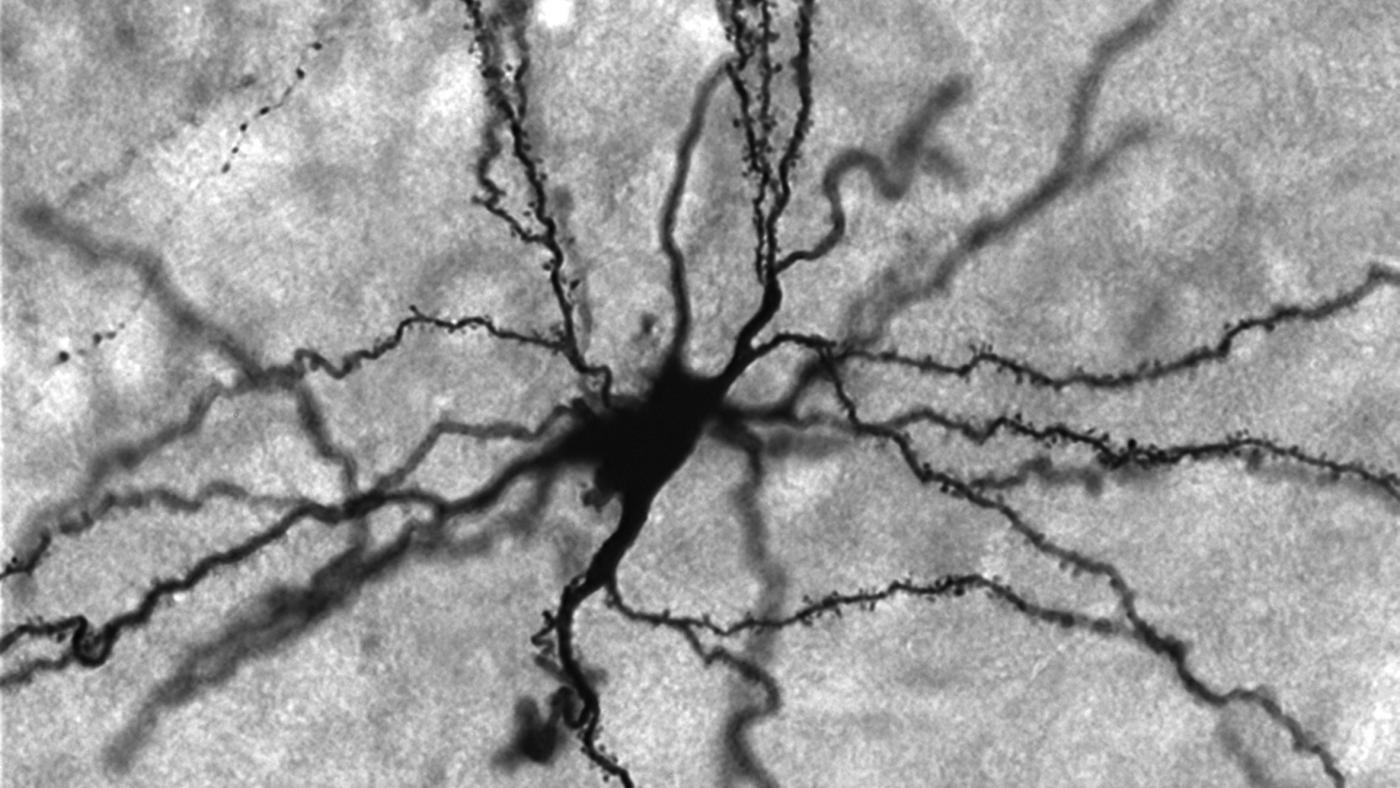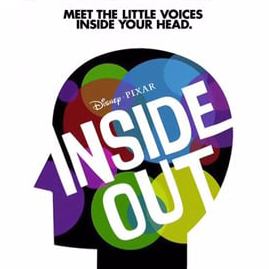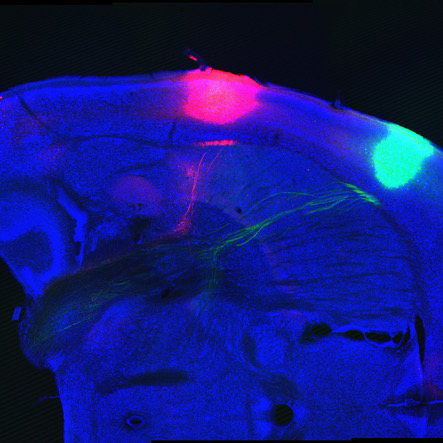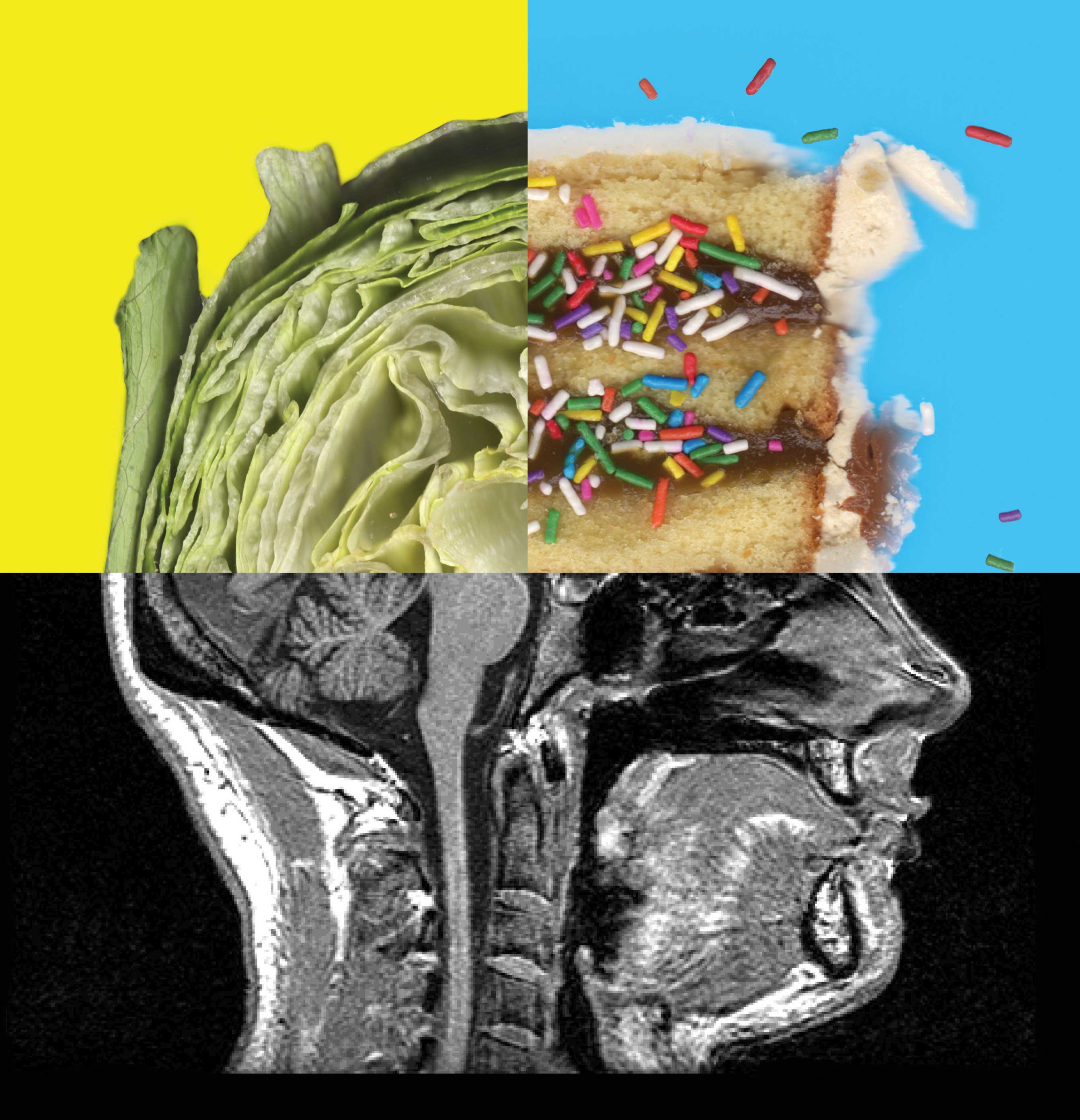Daniel Salzman, MD, PhD, professor of psychiatry and neuroscience at Columbia’s College of Physicians & Surgeons, has spent more than a decade mapping the underlying brain mechanisms that guide emotional learning and behavior. In new research published today in the journal Cell, Dr. Salzman and colleagues at Columbia University’s Mortimer B. Zuckerman Mind Brain Behavior Institute have taken an important step toward understanding how our brains generate emotional responses to the cacophony of stimuli that bombard our senses.
Your work seeks to understand how our brains interpret and respond to the outside world. What have we been able to discern so far about learning and behavior?
Unfortunately, the list of what we don’t know is far longer than the list of what we do. Take a region of the brain called the amygdala, for example. We know that the amygdala is involved in emotional learning, how we learn to respond appropriately to a stimulus that either threatens our safety or promises reward. But pinpointing how specific brain cells, or neurons, actually guide this type of learning is far trickier.
You can’t really understand a neuron’s role in the brain simply by looking at it. You’ve got to see when it gets switched on and communicates with other neurons. If you can capture this critical information, what we refer to as the neuron’s physiological response, you can truly understand its role in the brain.
In this new study, which focused on the amygdala, how did you and your colleagues find the neurons you were looking for?
We sought to identify neurons solely by virtue of whether their physiological responses were innately rewarding or innately aversive. These stimuli—which can themselves produce an emotional response or even direct learning—are what Pavlov called unconditioned stimuli.
An unconditioned stimulus is anything we perceive that produces an automatic, natural reaction. So, if I stick my nose in a carton of spoiled milk, my natural reaction would be to withdraw, stick out my tongue, maybe even gag. The milk acts as an unconditioned stimulus. It produces a response from me automatically, even if I’ve never smelled spoiled milk before. Subsequently, I might even recoil upon seeing the milk carton again, before I even have a chance to smell anything.
In our experiments, we presented laboratory mice with two different unconditioned stimuli, each of which would trigger a different response and, theoretically, activate a different set of neurons. First, we gave the mice nicotine, which would normally elicit a positive response, and then observed which neurons in the amygdala switched on as a result. We then introduced a second stimulus, a small footshock, to see whether it activated a different set of neurons.
Our experiments were built on the important principle that we could introduce a singular stimulus — either positive or negative — and thus activate on these specific sets of cells. Once identified, we could use genetic tools to reactivate these cells at will, and ask what roles they play in learning and behavior.
And what did your experiments reveal?
We took an otherwise neutral stimulus, such as a mild scent, and paired it with cells normally responsive to either nicotine or footshock. If the scent was paired with the footshock-responsive cells, the animals learned to avoid the scent. If the scent was paired with the nicotine-responsive cells, the animals sought it out. Activating the nicotine- or footshock-responsive cells alone also produced different emotional responses.
Prior to this study, we knew that an unconditioned stimulus could elicit an automatic emotional response and could direct learning. This study allowed us to pinpoint the cells in the amygdala that are driving this process and therefore play a vital role in innate and learned emotional behavior.
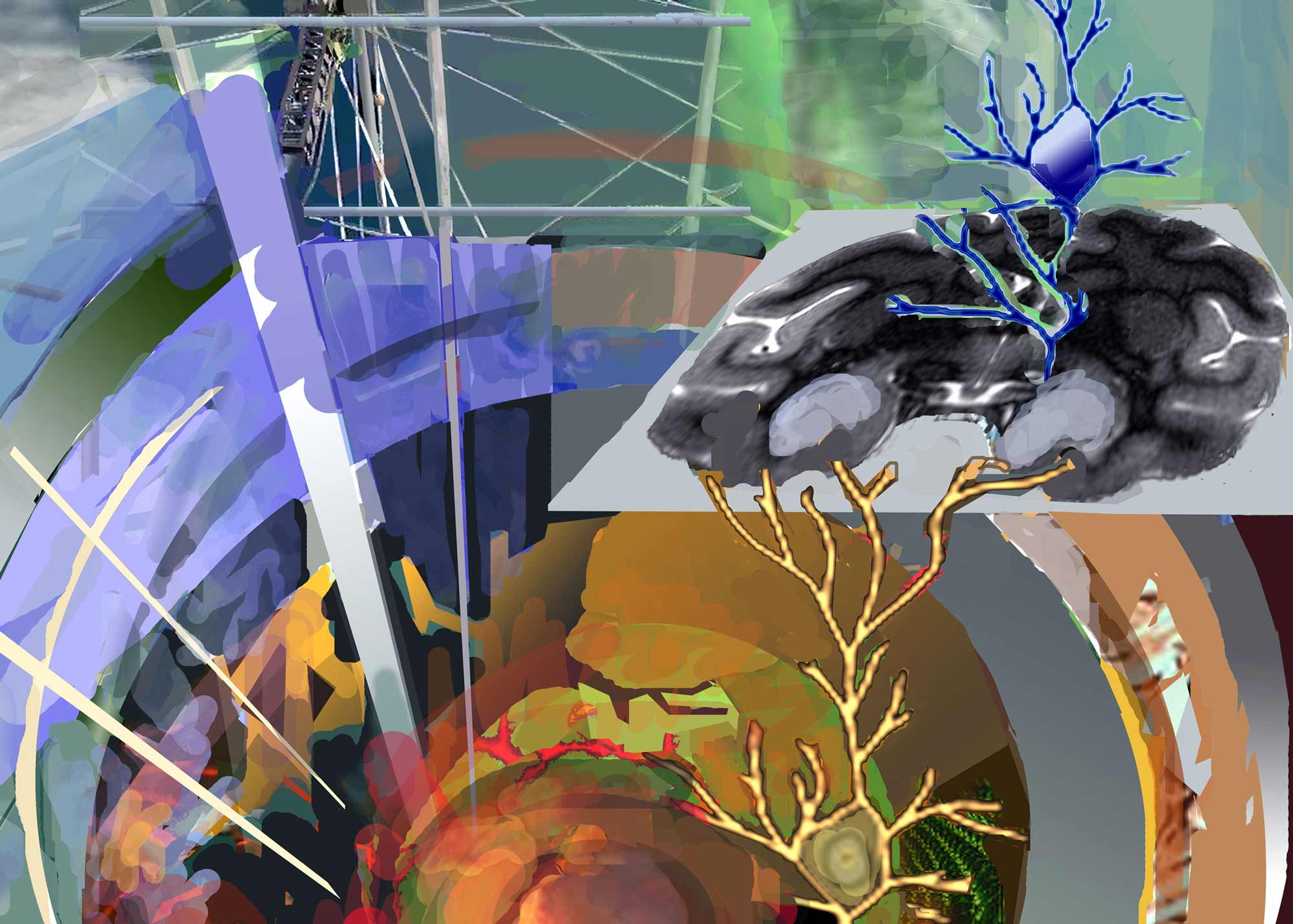
Montage created by artist Ellen K. Levy. She depicts the amygdala metaphorically in relation to Dante’s Spheres of Heaven and Hell, which here symbolize rewards and punishments in a surprising context. Neurons extend from an MRI of the amygdala towards these Spheres, thereby depicting how the amygdala integrates information about surprising reinforcement of both valences. (Credit: Neuron)
What was most significant about the study’s results?
Transformative treatments for psychiatric disorders, such as schizophrenia or bipolar disorder, have been difficult to find. One of the reasons for this is that we still lack a detailed understanding of the brain mechanisms that mediate emotions. Stimuli that activate each of our senses — sight, touch, taste, smell, and sound — have the ability to produce emotional responses either innately or after learning.
We have now identified specific cells in the amygdala that link external stimuli, such as a piece of music that we hear, to a specific emotional response. We need this type of mechanistic insight for a whole range of emotional functions if we are to develop strategies for treating the complex diseases of the brain and mind.
Where does this research go from here? What are the next steps?
While the findings in this study are a critical step in the right direction, we only investigated two types of unconditioned stimuli. In reality, the range of stimuli that we encounter is far greater than that.
One of the greatest challenges going forward is to try to map the connections between the wide range of stimuli that we are confronted with every day — a piece of food, a work of art, the loving touch of a partner — and the vast array of emotional responses, such as joy, sadness or love, that result.
Our emotional lives are incredibly rich, so this line of research will continue to get more complex as we dive into more complicated aspects of learning and behavior — especially those related to higher human cognition, such as abstract thought and imagination.
Higher cognitive functions — including our ability to interpret and respond appropriately to the complexities of our social world — are vital for the regulation of our emotions, which of course is critical for mental health. In this field, scientific breakthroughs usually don’t come overnight, but are built upon a foundation of basic, fundamental research. Over time, I feel confident that we can provide true insights into the neural underpinnings of the human mind and emotion.
This post first appeared on the CUMC news website.
